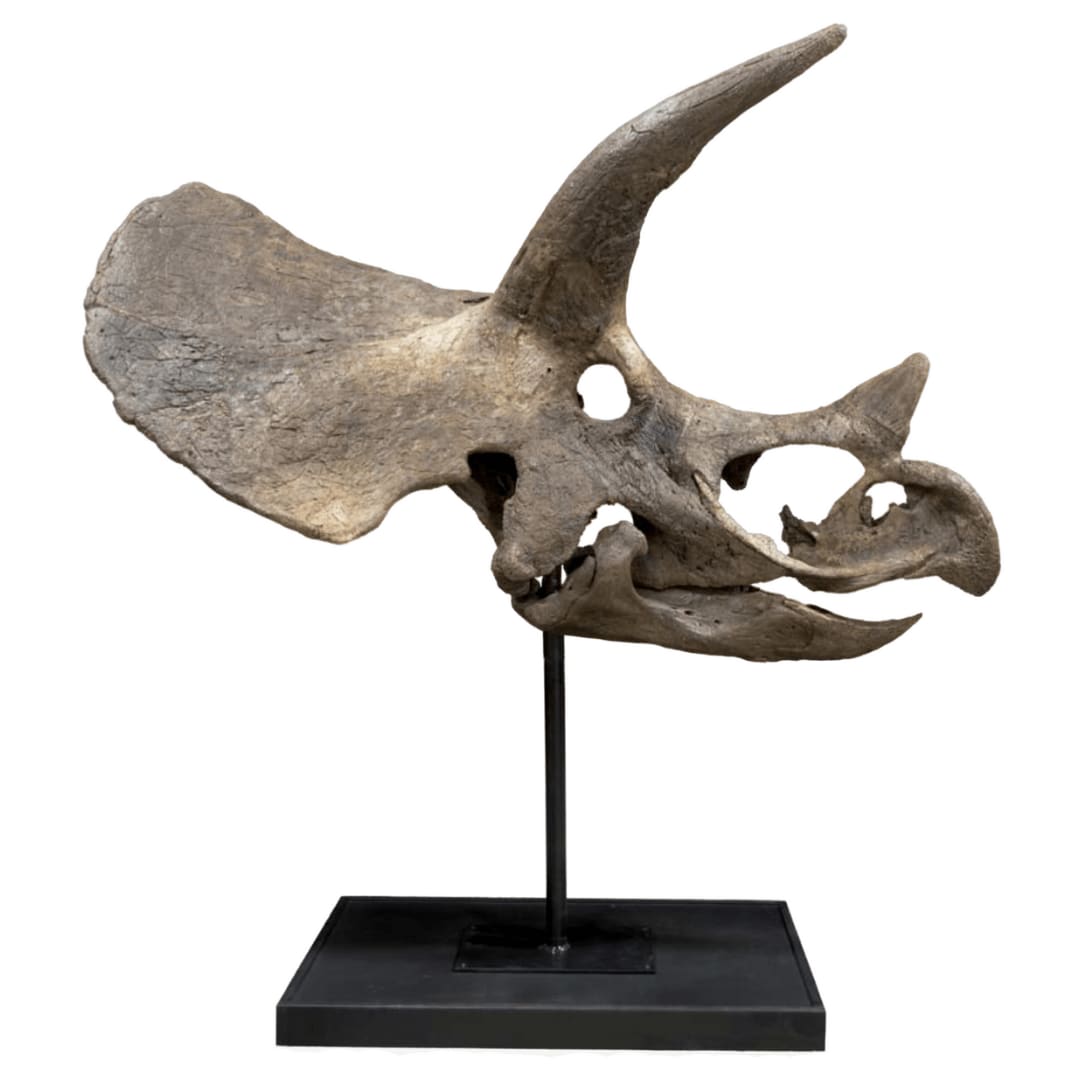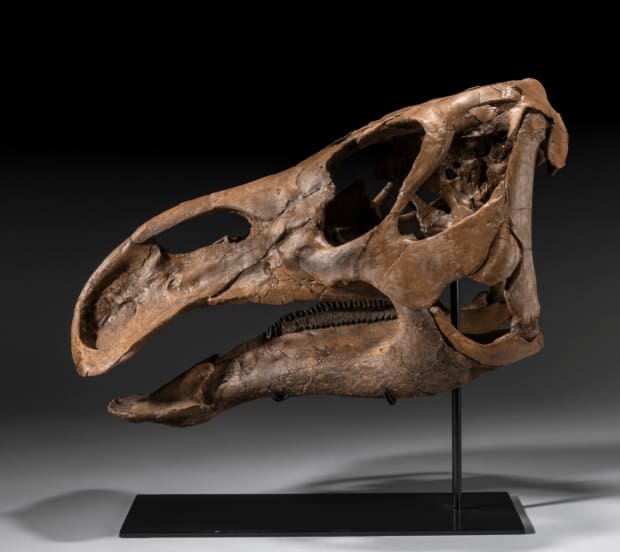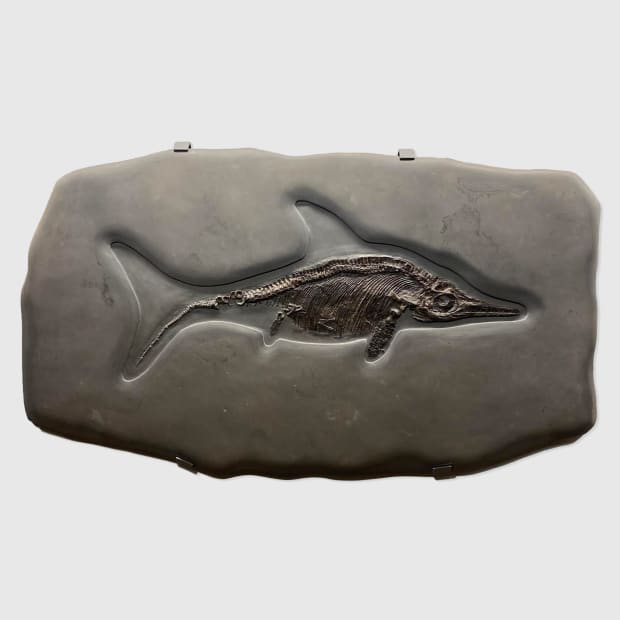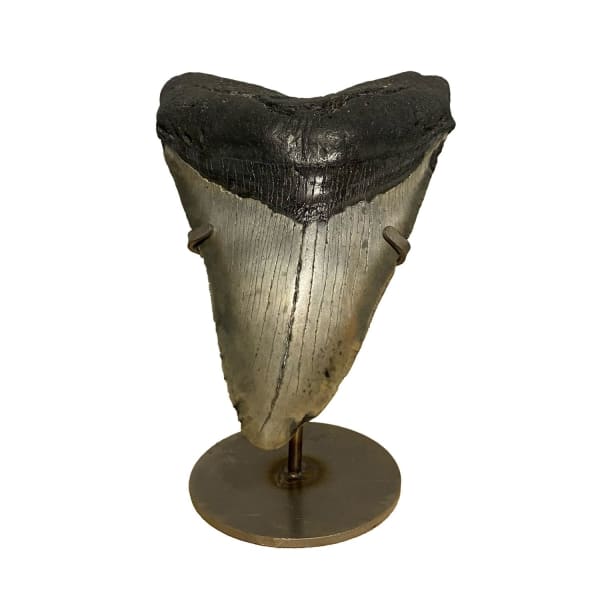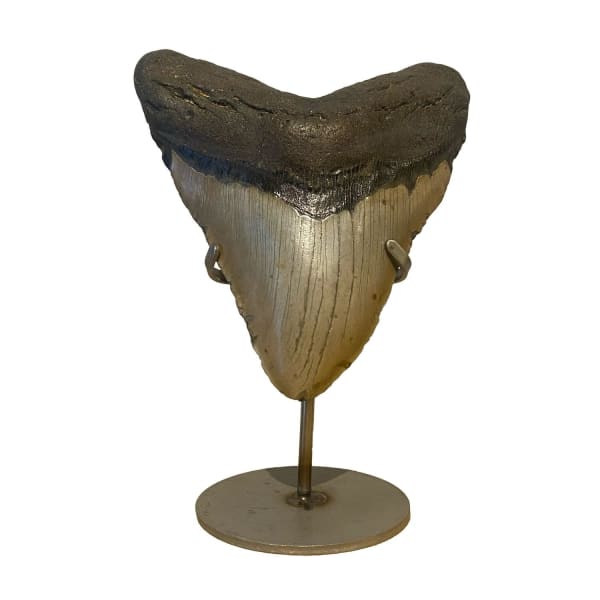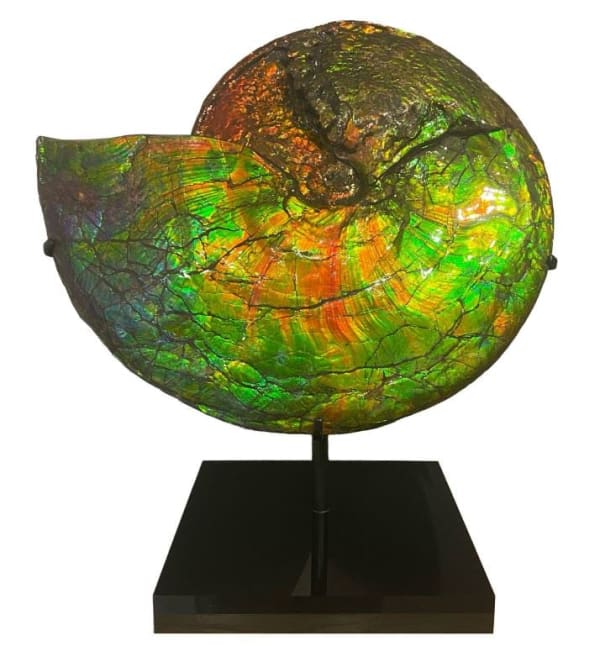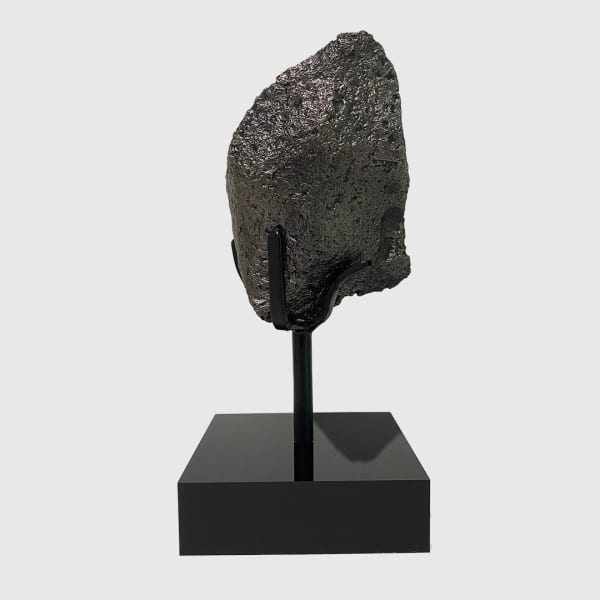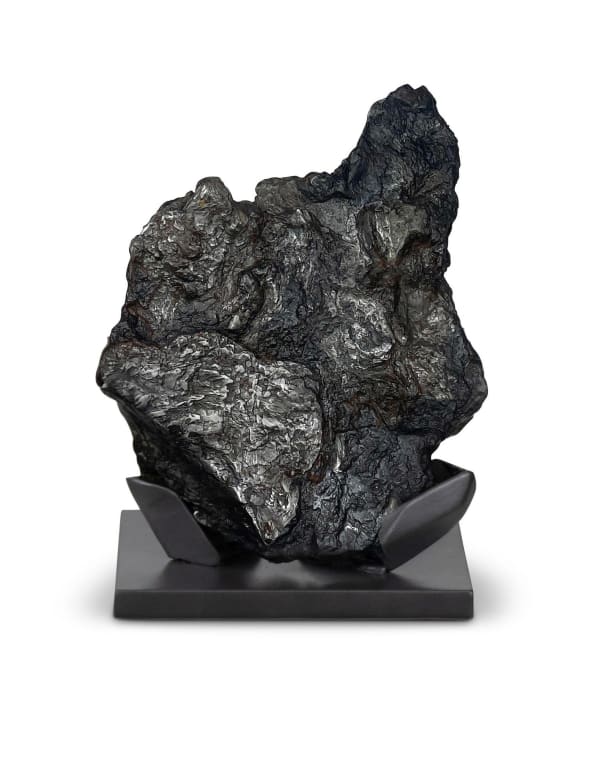-

Natural History
Bisected Triceratops SkullFossilised Dinosaur Skull
Triceratops horridus
Late Cretaceous (68-66 million years ago)
224 x 213 x 84 cm.
88 1/4 x 83 7/8 x 33 1/8 in.£ 125,000.00 -
Distant Worlds
LandIn increasingly disconnected times it is hard to see how we are all interconnected. Wars, religion and politics divide us more than at any moment in our history. And it is precisely when we move from the present, with its uncertainty, to the past that we can see how we are, all of us, interconnected. The famous American astronomer and planetary scientist Carl Sagan once said, "We are made of star stuff" a fitting statement as we seek to understand and explore our place in the universe.
The objects we have lovingly curated are of unfathomable beauty and unfathomable magnitude. They are of aeons and ages long gone but are important traces of not only our shared history and origins but those of the universe and all that has existed prior to the moment you finish reading this very sentence.
A journey though our exhibition is a journey through time spanning 4.3 billion years. These tangible objects come from distant worlds and distant ecosystems that beared such different lives to the ones that we know. Sculpted by nature, they are the cosmic forces that unite us.
-

-
Distant Worlds
Sea -

-
-
Painted by history
preserved by timeThe iridescence of ammonites is caused by ammolite, which contains a phenomenon called iridescence interference. This occurs when light waves are scattered and refracted by the microscopic structure of the shell material. The shell is made up of layers of aragonite, a mineral that has a unique crystal structure that reflects light. As light waves pass through these layers, they interfere with each other, creating a spectrum of colours that change depending on the angle of the light source and the observer.
The colours found in our specimens are cause by the combination of millions of years of compression and the mineralisation of iron, copper and silica which precipitated from volcanic ash. Ammolite is found primarily in the Rocky Mountains of North America, and it is only mined in a few locations in Canada. The gemstone is highly prized by collectors and jewellry designers for its striking beauty and unique patterns of colour.
The colours and patterns on the shell can help identify different species and provide clues about the environmental conditions in which they lived. Some researchers even use the iridescence of ammonites to study the evolution of colour and optical properties in animals.
-
Distant Universes
Interstellar BeautyThe Aletai meteorite began as a massive meteor--estimated up to 100 tons--that broke up upon entry into Earth's atmosphere, depositing meteorite fragments as massive as 28 tons across China. The strewn field was approximately 500 kilometers long. The shower of meteorite fragments were spread out over such a large area that specimens were given a variety of different names, primarily names of cities they were found near. It wasn't until studies determined that they all originated from the same event that they were either renamed or considered synonymous with Aletai.
The size of Aletai's strewn field has been attributed to entering Earth's atmosphere at a very low trajectory, basically skipping through our upper atmosphere like a stone skipping across a pond as the meteor broke up. -

Natural History
Lunar SliceAjdabiya 001
Feldspathic melt matrix breccia
Approximately 3.8 billion years old
8.5 x 6.5 x 0.2 cm.
3 3/8 x 2 1/2 x 1/8 in.
25 grams -
-
Distant Worlds
Sculpted by nature -

-
